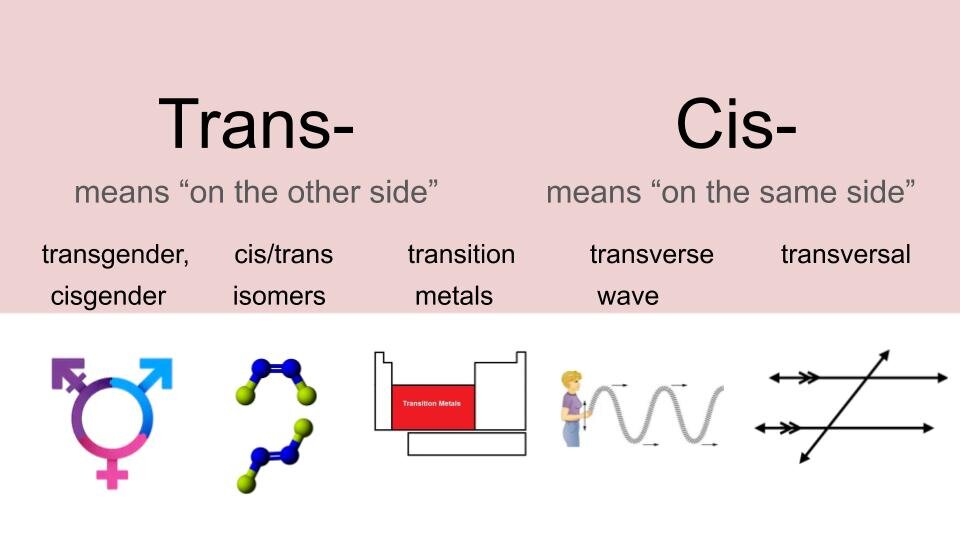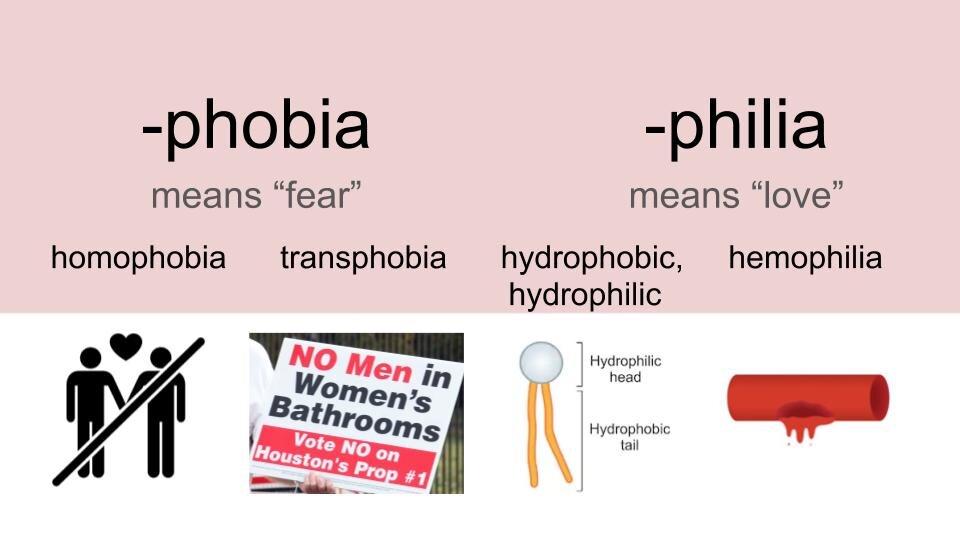Project Biodiversify team members Alex Webster, Ash Zemenick, and Sarah Jones presented this workshop at the 2018 Annual Meeting for the Ecological Society of America (ESA). The slides contain comprehensive information about the benefits of teaching inclusive biology, and how to adapt existing curricula using an iterative process. Extensive examples are given for sexual reproduction, sex determination, and sexual selection.
[HS and College] Inclusive and Accurate Approaches for Teaching Sex and Gender in Biology
Image of a presentation slide with the rainbow-colored Project Biodiversify logo containing an atom, a DNA double helix, a single-celled organism, a plant, and a winged insect. Title reads “ESA 2018 WK 44: Inclusive and Accurate Approaches for Teaching Sex and Gender in Biology.” The bottom of the image lists three presenter names: Alex Webster - she/her/hers - @alxweb, Ash Zemenick - they/them/theirs - @mtn_ash, and Sarah Jones - she/her/hers - @joness943.
























